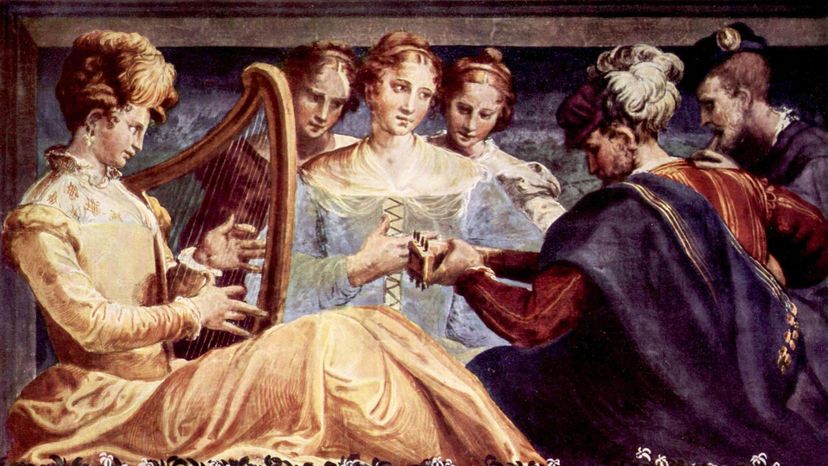
About This Quiz
The history of the world is very important to know and understand. Written history began thousands of years ago. History was documented through cave drawings, written works, music and more. It is marked with different time periods that consisted of rulers, inventors, artists and more. Some of these periods are more accurately documented than others, but records are often biased - and of course, sometimes they are destroyed by fire, time, war, or more, or simply lost to history.
Still, it's possible to piece together substantial parts of our shared global history, from individuals to the level of whole civilizations. At the individual level, do you know who invented the light bulb? Can you name the woman who was the last ruler of ancient Egypt? What about the young woman, now a Catholic saint, who fought for France in the Hundred Years War? At the civilization level, can you name all of the different empires throughout history? What about the ancient landmarks found all around the world? Maybe you can even name the period of time when machines became more widely used?
This quiz covers history of all ages, so make sure you know the places, people and things that had a large impact! Let's see how you do!
Advertisement
Advertisement
Advertisement
Advertisement
Advertisement
Advertisement
Advertisement
Advertisement
Advertisement
Advertisement
Advertisement